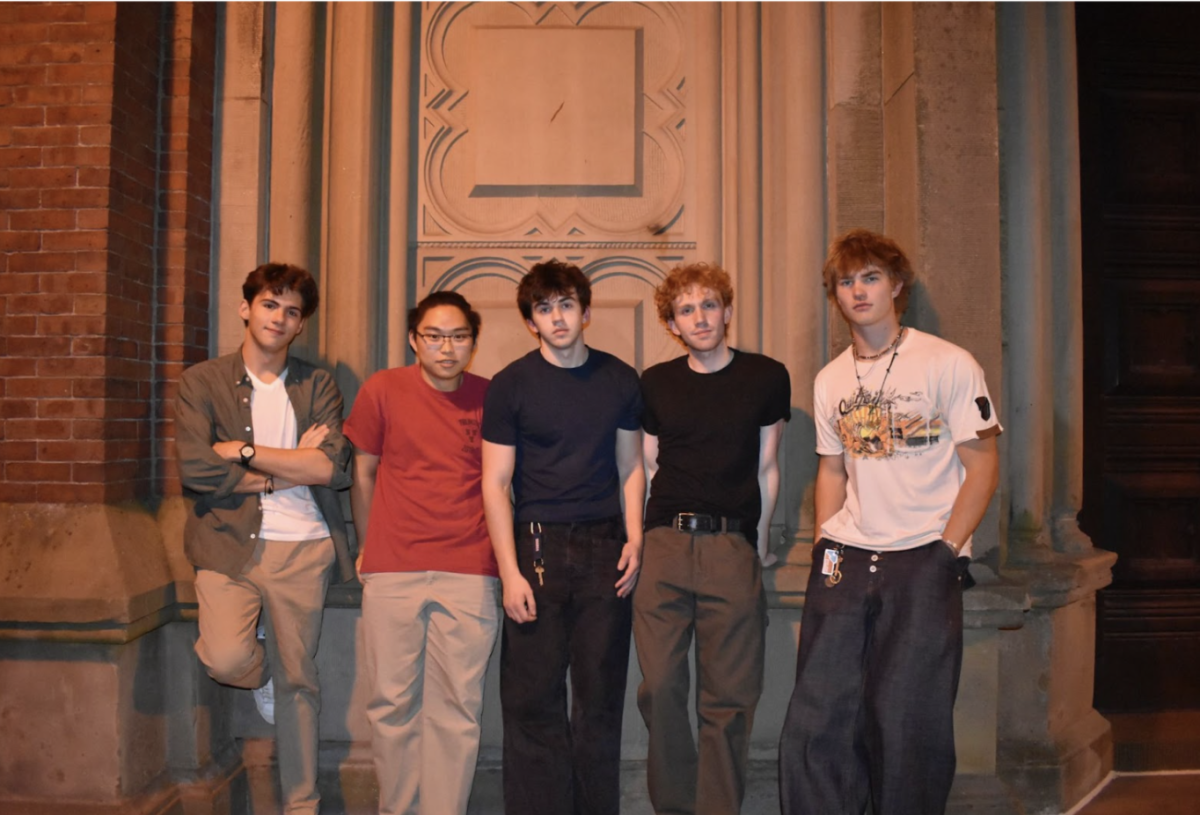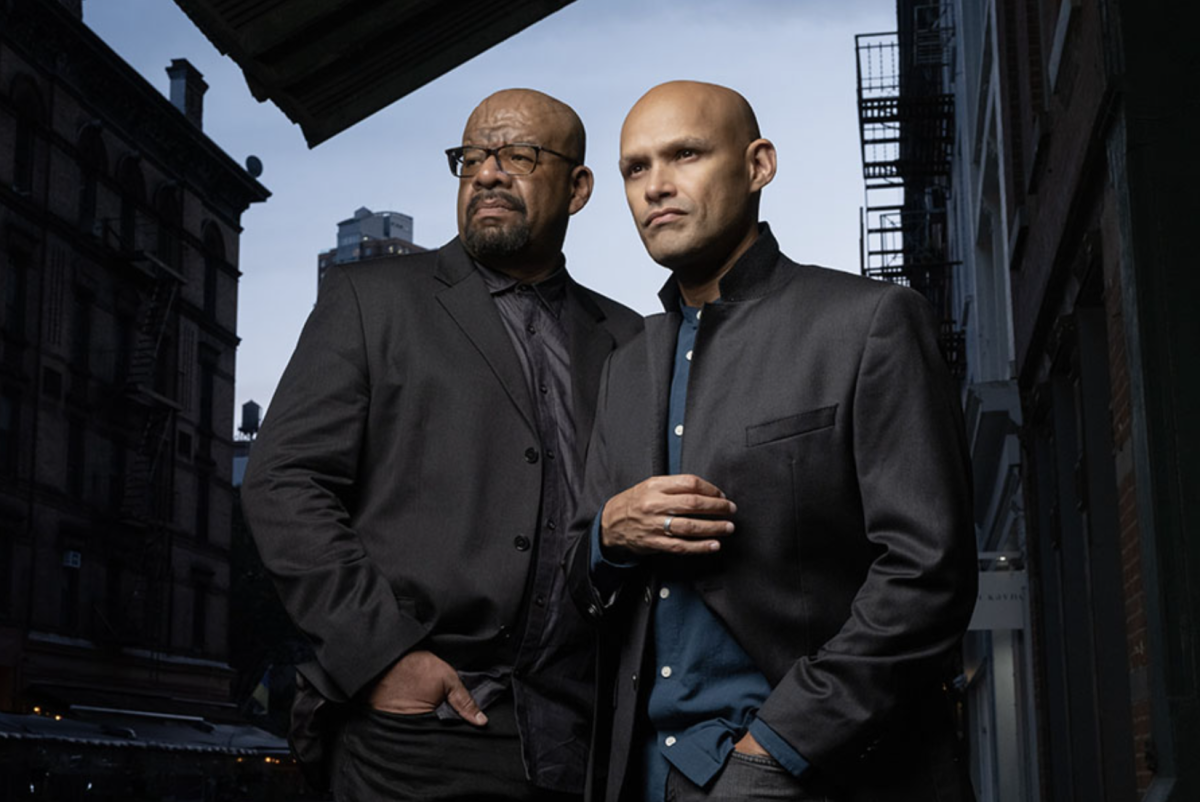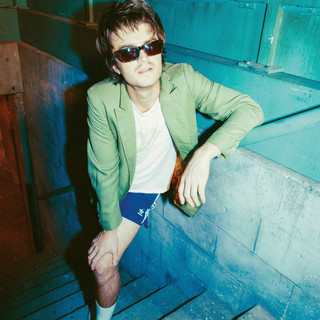Last Wednesday, Feb. 10 marked the opening of the exhibition, “The Game Worlds of Jason Rohrer” in the Davis Museum. In celebration of the opening, the Computer Science, Media Arts & Sciences and Cinema & Media Studies departments hosted an hour-long demo session in Jewett Arts Center on Thursday, Feb. 11th, where students displayed their recent work, followed by a panel called “Gaming Futures: Perspectives of Women in Games and Play.” The panel discussed a variety of topics relating to “expanding the discussion about gaming futures; highlighting the experiences of alumnae and women in academia, industry, and independent game development; and hearing the perspectives of women about their work and experiences, issues of representation, and outlooks for the future of games and play.”
Panelists included alumna Rayla Heide ’10, who is currently a scriptwriter for Riot Games; professor and researcher Katherine Ibister, whose research focuses on the emotional and social impact of gaming; alumna Cassie Hoef ’15, who works at Microsoft as a program manager on the AAA Game Development team; alumna Anna Loparev ’10, a postdoc at Wellesley’s Human-Computer Interaction Lab; interdisciplinary scholar Soraya Murray, whose work centers on contemporary visual culture; and Claudia Pederson, an art history professor at Wichita State University focusing on contemporary and new media art. These are all women in the field of gaming, with skills ranging from developing APIs for gaming engines to discussing contemporary cultural criticism of gaming culture and its impact on society.
The panel began with brief introductions by each panelist, who discussed several different aspects of their work and how they entered the world of video games and video game culture. Professor Murray discussed the possibilities of social change through games as well as the industry’s treatment of women, alongside Professor Pederson’s art historical viewpoint of women’s close ties with gaming throughout history. Rayla Heide discussed her trajectory after graduating from Wellesley and how she went from film to video games, while Cassie Hoef talked about going straight into the technical side of gaming after studying Computer Science at Wellesley. Every woman had their own story behind their relationship with video games, and each story spanned the entirety of the video game spectrum — games as art and culture, women in both creative and technical gaming roles, scholarly criticism of games, potential career paths, and the future of women and gaming.
Controversy arising from women in the gaming industry is a largely recent occurrence — at least in mainstream media. Gamergate, often described as an example of culture war, began in 2014 with the Twitter hashtag #GamerGate, which targeted women and so-called “social justice warriors” (SJWs) within the gaming community. While proponents of Gamergate claim it is a movement to improve gaming journalism and ethics, critics argue that the blatant displays of misogyny and sexism are far from the purported goal that Gamergate claims to pursue.
The panel shed some light on this controversy, as well as the need for more women in industry roles. And although this controversy is still fresh, the women on the panel were optimistic for the future of gaming. There are people who desire to obstruct the progress of inclusive gaming, but those who want to see video games and the gaming community have a better reputation with the wider population will always push for better standards and more diversity.
During the Q&A session, the idea of video games as art was brought up by the audience, a subject that has been contentious both within the gaming community and outside of it for several years. As gaming culture comes to the forefront of international news and media, video games come under increasing scrutiny with regards to their nature as consumer products and their impact on young people in society. Are video games art, or are they simply commercial goods? It is a question that has been asked repeatedly in the last few years, and is a question people will continue to ask in the future.
Now, almost no one would say that “Call of Duty” or “League of Legends” are works of art, while some would say that “Journey” or “Silent Hill 2” come as close as possible to art. Of course, to come to any sort of conclusion on this matter, the entire definition of art must be questioned. However, most critics agree that while video games can have artistic elements in their graphics, design concepts and narratives, the games themselves may not necessarily be art in the traditional sense of the word.
As Professor Murray noted during the panel, famous film critic Roger Ebert argued against video games as art during several different conferences, as the primary focus of video games are goal-based and depend on the player’s will and preferences. His comments caused a wave of discussion within the scholarly and gaming communities, with both sides garnering support. Professor Murray mentioned that Hideo Kojima, whose “Silent Hill” series might be considered closest to art in its elicitation of emotions and investment, agreed with Ebert’s sentiment. He argued that while games can contain art within them, their nature is to provide a service for customers and achieve 100 percent player satisfaction.
Then again, the exhibition in the Davis Museum is the first retrospective for a single video game designer. For Jason Rohrer, who was in the audience on Thursday, the Davis is not the first museum his work has been displayed in — his third game, “Passage” (2007) was inducted into the Museum of Modern Art in 2012 as part of its permanent Architecture and Design collection. Other games displayed there include “Pac-Man,” “The Sims” and “Tetris.”
The conversation between panelists and audience members often came back to the concern that video games and game culture have negative connotations, but ultimately that those perceptions are slowly, but surely changing. As gaming becomes increasingly diverse and women find roles in the gaming industry as creative directors and engine programmers and everything in-between, the niche audience of gaming broadens, allowing for new perspectives within game culture and video games as a whole.
Photo courtesy of Lia Wang ’16





